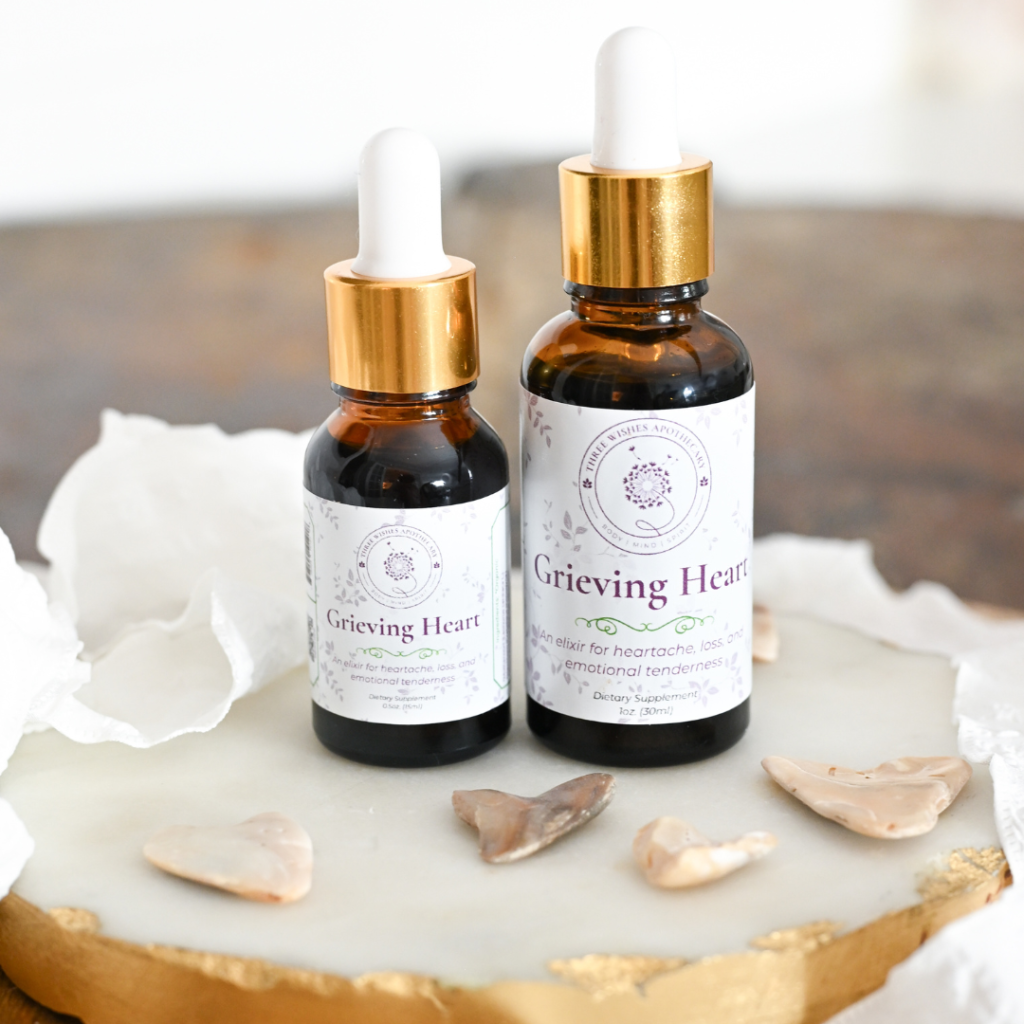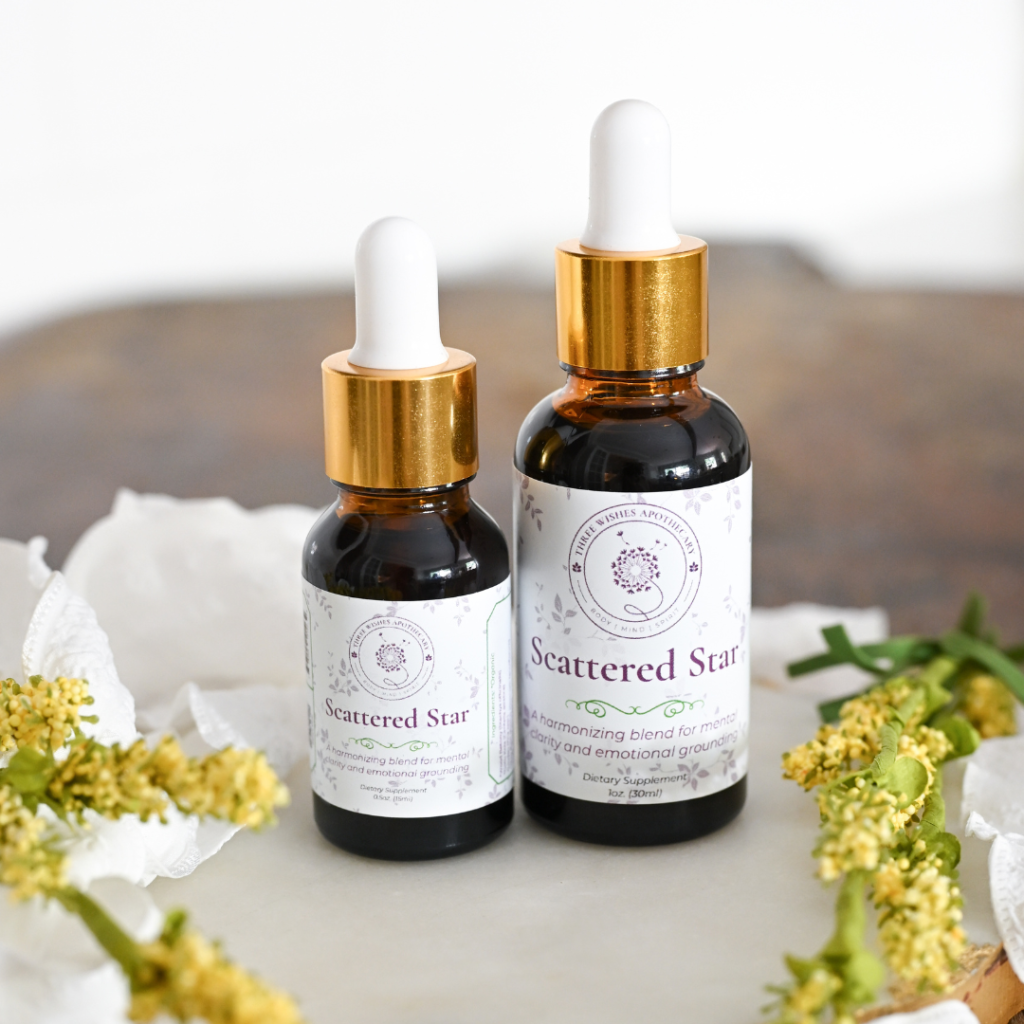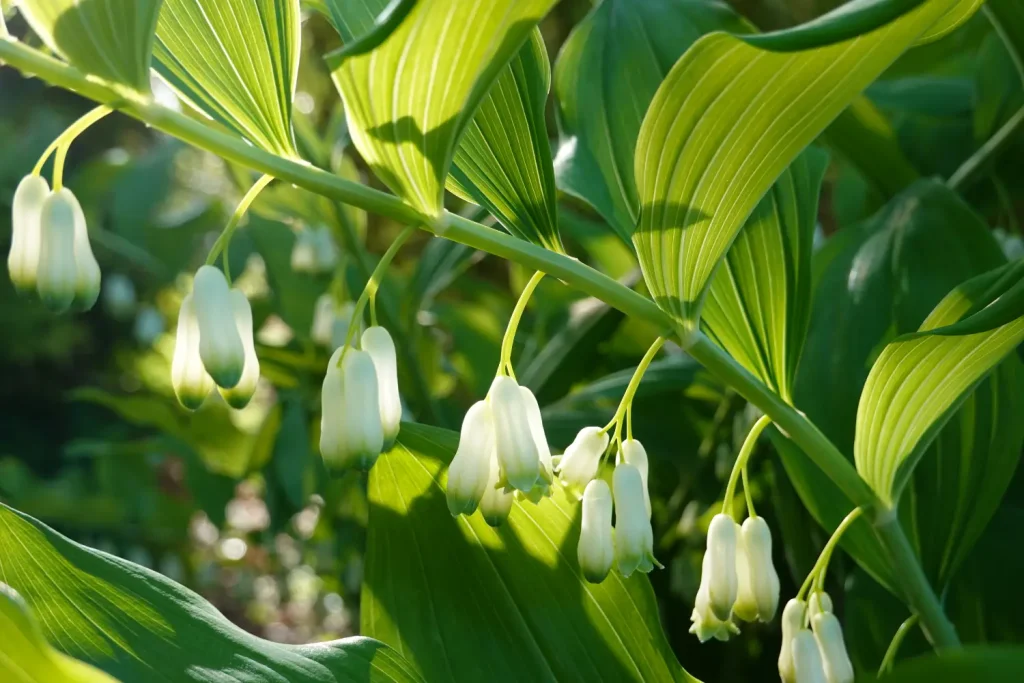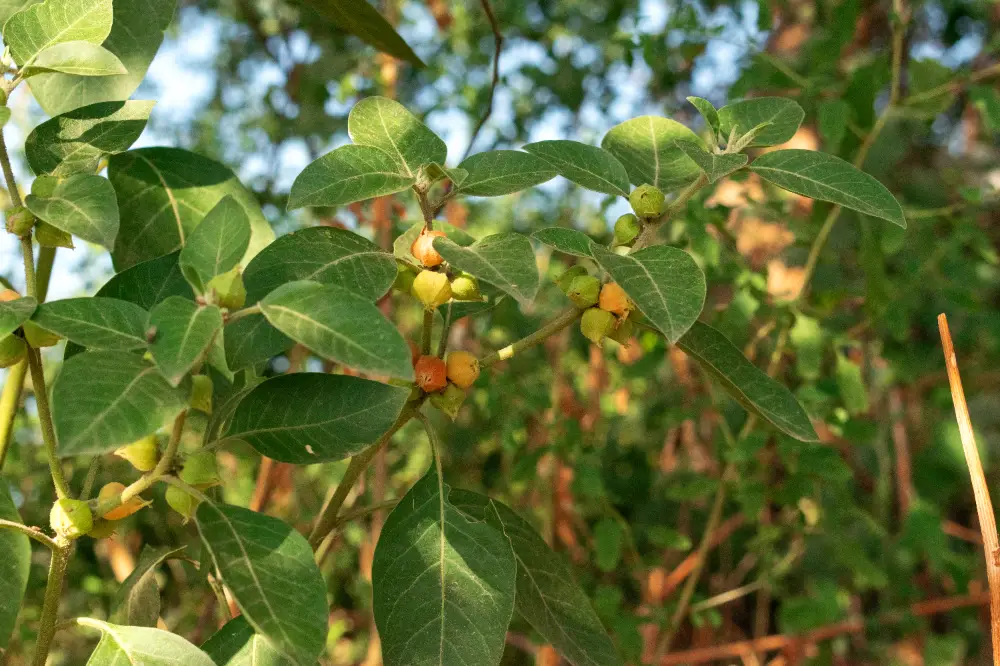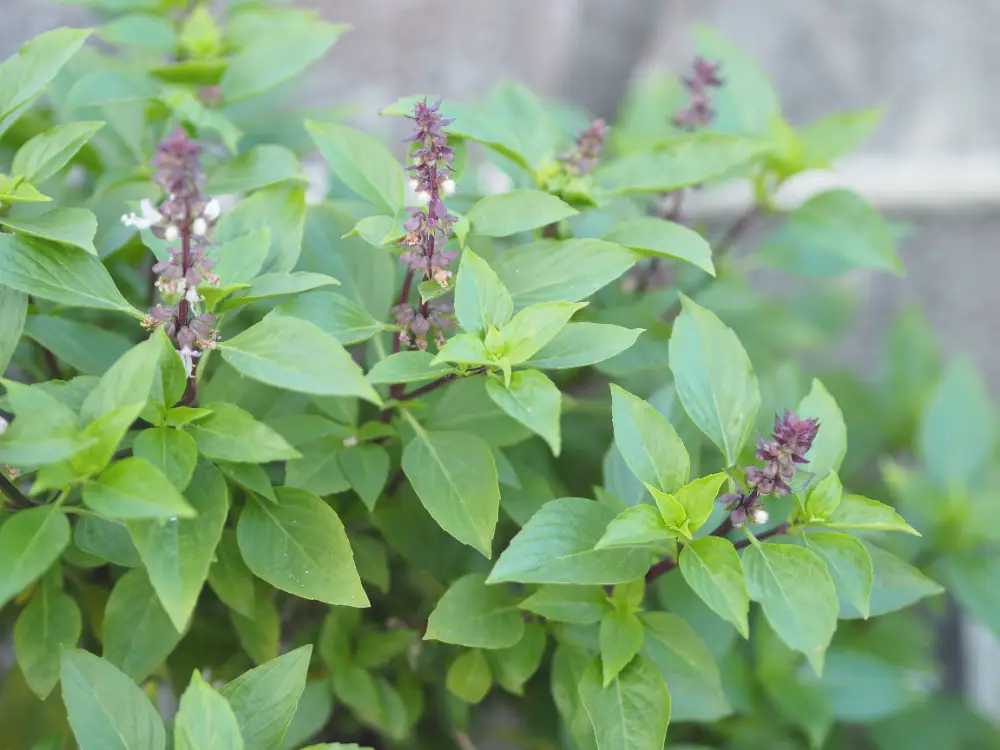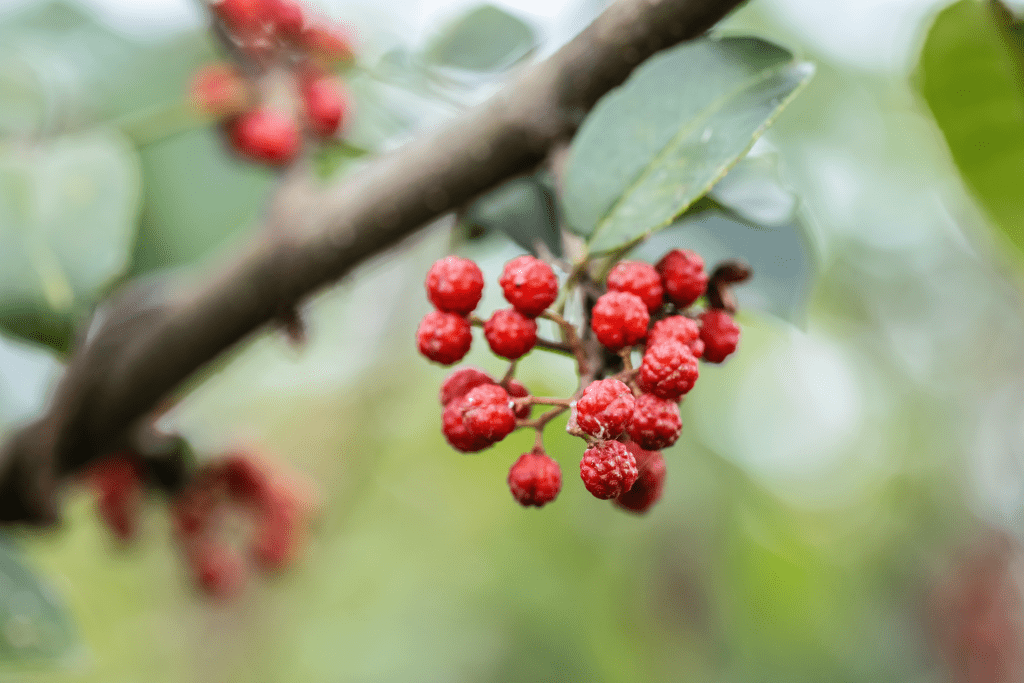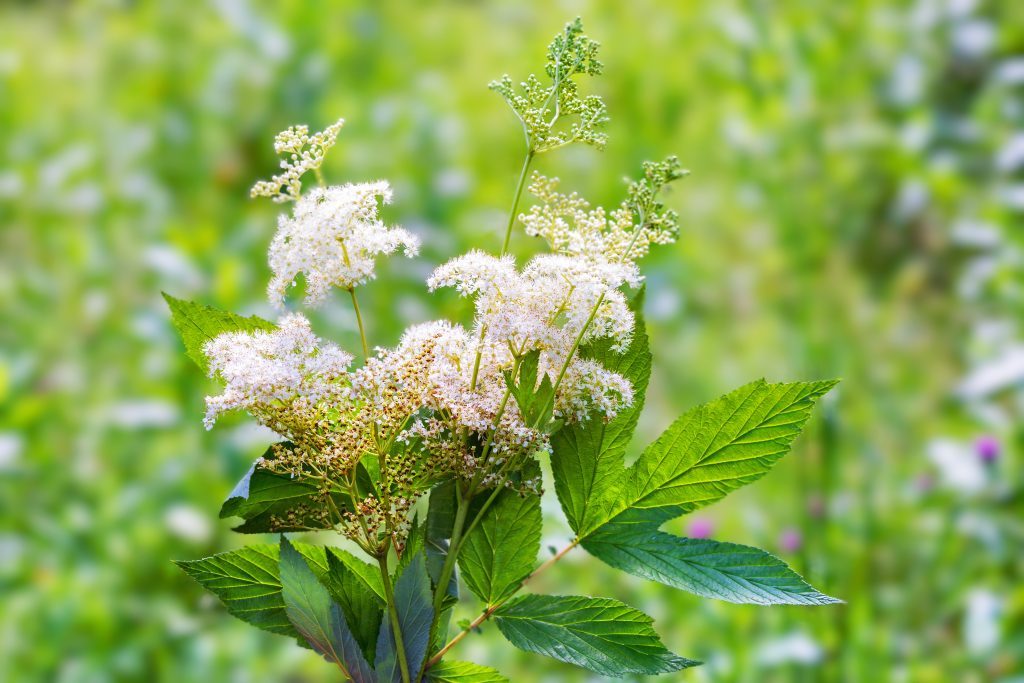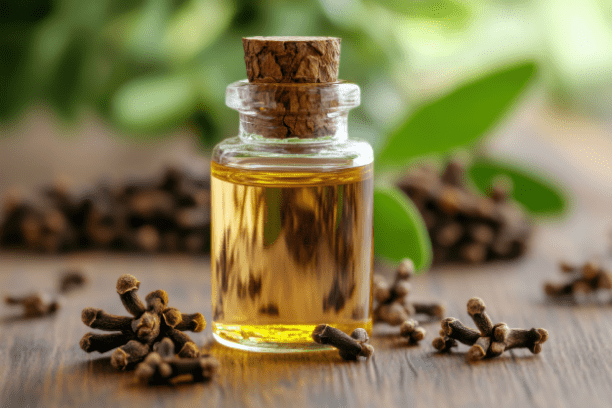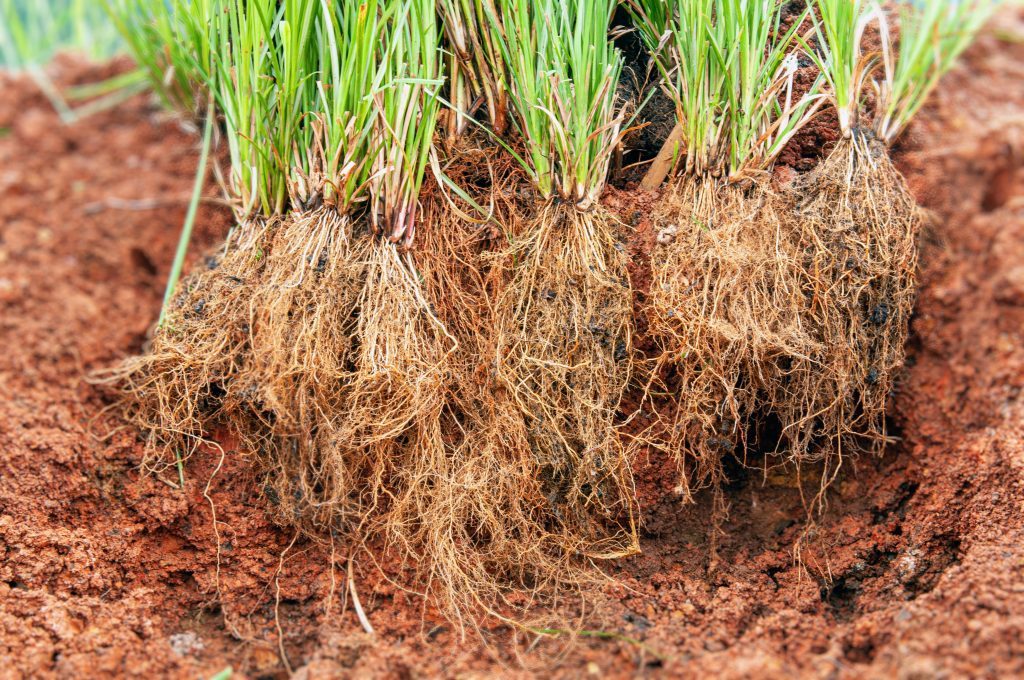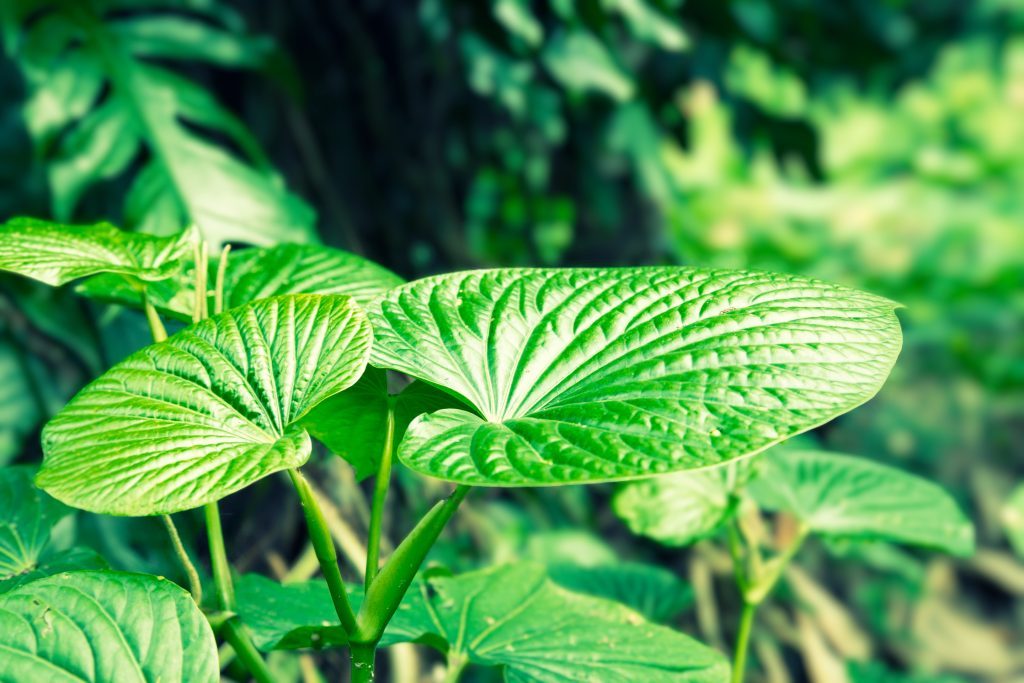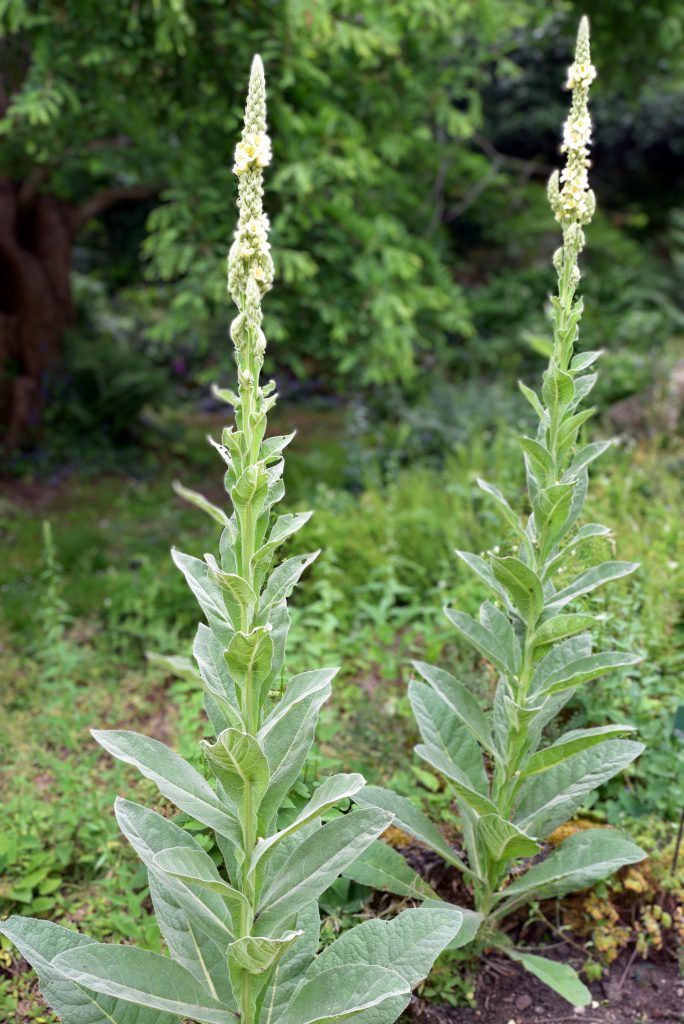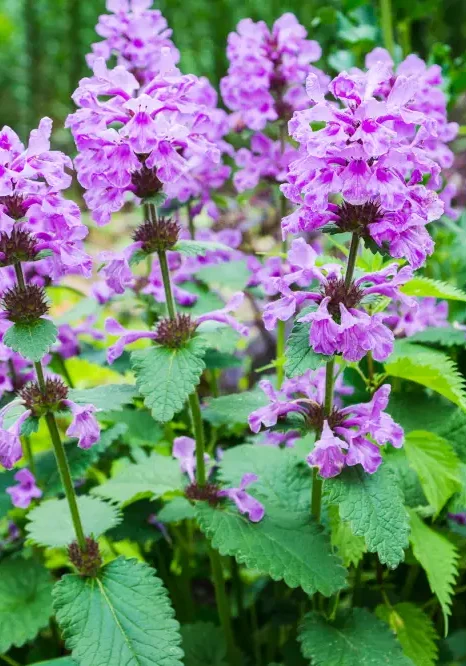
Wood Betony
Stachys officinalis
Lamiaceae (Mint family)
Nature’s Balm – Soothing the Mind, Relieving Tension, and Supporting Digestive Harmony.
Other names:
Wood Betony, Bishop’s Wort, Betony, Purple Betony.
Superpower
A calming nervine and antispasmodic, known for its ability to ease anxiety, tension, and digestive discomfort. Its rich history of use in herbal medicine highlights its capacity to support mental clarity and soothe nervous tension, while also addressing physical symptoms like headaches and muscle spasms.
Uses
Historical Uses:
Stachys officinalis was highly regarded by ancient herbalists and healers. It was often used to treat a variety of ailments related to the nervous system, such as anxiety, tension, and headaches. Monks and physicians of medieval times prized it for its ability to support mental clarity and calm frazzled nerves. In traditional folk medicine, the leaves were used externally to heal wounds and sores, and the plant was a go-to remedy for digestive complaints, such as cramping and indigestion.
Current Uses:
- Nervine: Helps ease anxiety and nervous tension, calming the mind and body.
- Antispasmodic: Relieves digestive discomfort, including cramping and indigestion.
- Headaches and Migraines: Assists in reducing stress-induced headaches and tension.
- Mental Clarity: Supports clear thinking and focus, especially in times of stress or overwork.
- Wound Healing: Applied as a poultice, it can help heal minor wounds and sores.
Cautions
Toxicity: High doses can cause diarrhea and vomiting.
Contraindications: None known.
Interactions: None reported.
Known Chemical Constituents
Flavonoids: Known for their antioxidant and anti-inflammatory effects, supporting nervous system health and reducing oxidative stress.
Tannins: Provide astringent properties, which help tone tissues and soothe digestive upset.
Terpenoids: Offer antispasmodic and anti-inflammatory benefits.
Alkaloids: Stachydrine and betonicine, which act on the nervous system, promoting relaxation and mental clarity.
Phenylethanoid & Iridoid Glycosides: Acetoside, aucubin, harpagoside, and betonyoside A-F, contributing to the herb’s anti-inflammatory and antispasmodic properties.
Volatile Oil: Contains germacrene, B-caryophyllene, and humulene, which provide additional anti-inflammatory and calming effects.
Saponins, betaine, and choline: Known for supporting cellular health and liver function, while also contributing to the plant’s overall soothing actions.
Botanical Description
Habitat: Stachys officinalis is commonly found in meadows, woodlands, and grasslands, thriving in temperate regions of Europe. It prefers well-drained soils but can tolerate a variety of soil types, including sandy and loamy.
Leaves: The leaves are oblong to heart-shaped, with a slightly toothed margin and covered in fine hairs. They grow in rosettes at the base of the plant, with smaller leaves along the stem.
Stems: Characteristic of the mint family, the stems are square, standing upright, and can reach up to 60 cm in height.
Flowers: The flowers are arranged in dense whorls along the upper part of the stem, with shades ranging from purple to pink. These flowers bloom in summer and attract pollinators like bees.
Roots: The roots are fibrous, spreading horizontally and providing stability in a range of soil conditions.
Fun Facts
In medieval times, Stachys officinalis, or Wood Betony, was considered such a powerful herb that people would wear it as an amulet to protect themselves from evil spirits and negative energies. It was also planted around homes to ward off misfortune and illness.
Parts Used
Aerial, Root
Harvest
Timing: The aerial parts are best harvested when the plant is in full bloom, typically in mid to late summer, while the roots are ideally harvested in the fall after the plant has begun to die back.
Method: For aerial parts, cut the flowering stems above the root base, selecting both leaves and flowers for medicinal use. To harvest the roots, gently dig around the base of the plant in the fall, taking care to remove the fibrous roots intact. The roots are rich in active compounds after the aerial parts have withered.
Storage: Dry the aerial parts in a well-ventilated, shaded area, while roots can be cleaned, chopped, and dried in a warm but dark place. Store all dried material in airtight containers away from light and moisture. Properly dried Stachys officinalis (aerial parts and roots) can be stored for up to one year.
Preparations
Tea: A soothing tea made from the dried leaves and flowers of Stachys officinalis can be used to calm nervous tension, ease digestive upset, and promote restful sleep. It is especially beneficial for headaches and stress.
Tincture: A tincture can be prepared from the aerial parts of the plant for daily use as a nervine and antispasmodic, providing relief from anxiety, muscle tension, and digestive cramps.
Poultice: Traditionally, the leaves were used as a poultice for minor wounds and to reduce swelling. The leaves can be mashed and applied to the skin to promote healing.
Syrup: Combining Stachys officinalis with honey creates a sweet syrup to soothe sore throats and reduce coughing.
Sacred Rituals
Releasing Mental Tension: Under the Waning Moon, prepare a tea of Stachys officinalis. As you sip, close your eyes, take deep breaths, and visualize any lingering stress or mental clutter being released with each exhale. Focus on the sensation of calm as the herb’s energy aligns with the moon’s phase of letting go.
Affirmations
“I release all tension and welcome calm, clarity, and balance into my mind and spirit.”
Spiritual Associations
Stachys officinalis has long been revered in folklore as a protective herb, used to ward off negative energies and enhance spiritual clarity. It is especially associated with the Waning Moon, a time for release, letting go of stress, and restoring balance. This plant is also believed to support emotional healing, helping to calm the mind and center the spirit during times of transition or mental strain.
- Moon Phase: Waning Moon – A time for rest, renewal, and release of mental tension.
- Elemental Connection: Earth – Grounding, supportive of emotional stability, and connected to physical healing.
- Energetic Focus: Enhances mental clarity and protection, offering a safe space for introspection and emotional release.
Functions
A substance or agent that inhibits the growth of or destroys microorganisms, including bacteria, viruses, fungi, and protozoa.
AntispasmodicA substance or agent that helps relieve or prevent involuntary muscle spasms, cramps, or contractions in smooth or skeletal muscles.
AstringentA substance or agent that causes contraction or tightening of tissues, often reducing secretions or bleeding.
Bitter
A substance or agent, often from herbs, that has a distinctly bitter taste and stimulates digestive function, including the production of digestive enzymes, bile, and stomach acid.
CarminativeA substance or agent that helps relieve gas, bloating, and discomfort in the digestive system by promoting the expulsion of gas and soothing the digestive tract.
Nervine sedativeA nervine sedative is a substance that calms the nervous system and promotes sleep or deep relaxation, often used to alleviate anxiety, agitation, or insomnia.
Nervine TonicA nervine tonic is a substance that nourishes, restores, and strengthens the nervous system, promoting long-term resilience and balance.

